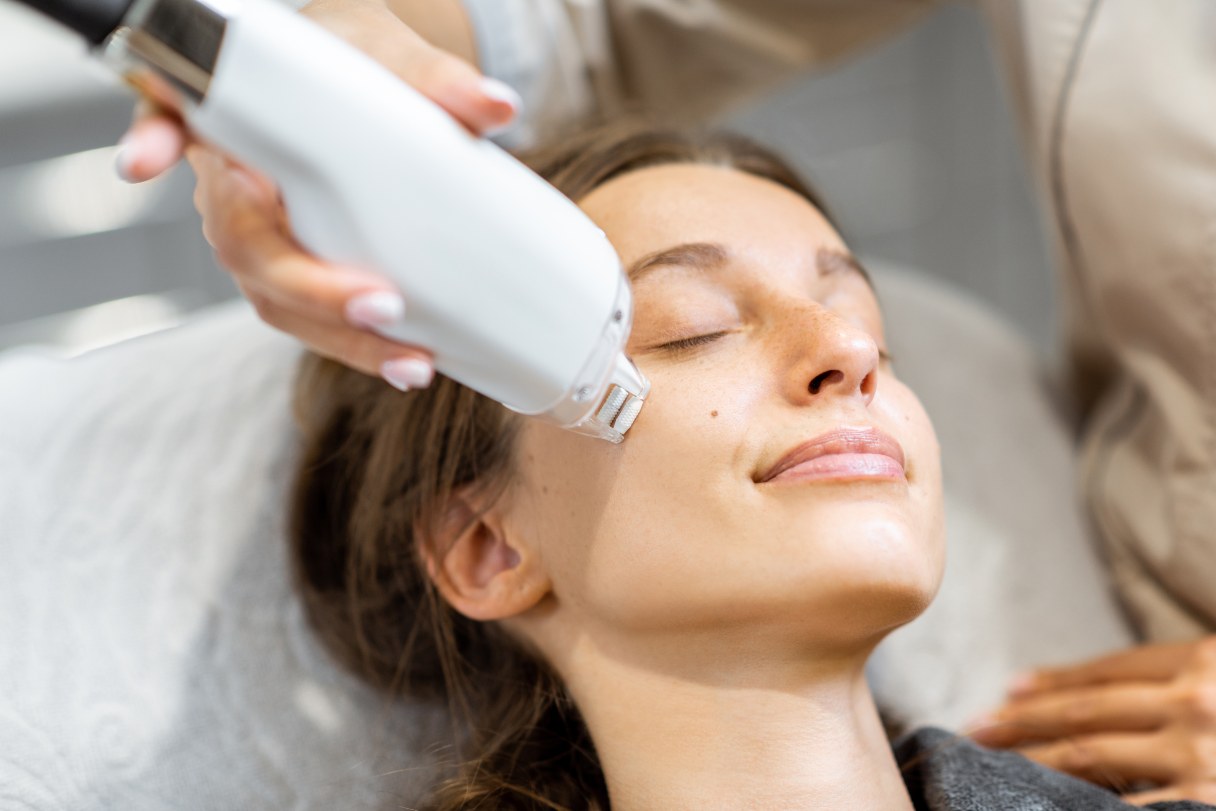You want to listen to your music, a movie or your favorite podcast, but you don’t want to bother the people around you. No problem. You just slide on your headphones or earbuds. But could that simple act set you up for hearing loss from headphones and earbuds?
Unfortunately, the answer is yes. In fact, many hearing care experts blame the use of headphones and earbuds for a 30% increase in hearing loss among adolescents and young adults — about one in five teens experience some form of hearing loss today.1 Here, we explain why these listening devices increase your risk for noise-induced hearing loss and share earbuds and headphones safety tips for using them wisely.
How headphones and earbuds can damage hearing
There are three primary factors involved in causing noise-induced hearing loss: volume, length of exposure and distance from the sound. High volumes damage hair cells in your inner ear. The louder the sound and the longer you listen, the more ear damage occurs. In some cases, the hair cells don’t recover — and that leads to permanent hearing loss.
Earbuds vs. headphones hearing loss
Headphones and earbuds increase the risk of hearing loss primarily by putting the sound closer to your ear, which actually increases the volume without you touching the dial. Earbuds, which sit right inside your ear, can amplify sound by 9 decibels. That’s a main reason experts believe they can be worse for your hearing than headphones.
Today, more people also tend to wear listening devices for longer periods. For instance, you may use headphones to play your tunes all day at work. Or you may slip in your earbuds to watch movies during a flight. That’s dangerous even if you keep the volume moderate. For instance, a 90-decibel noise (equivalent to a lawn mower) can cause hearing damage in less than three hours.
How to use headphones and earbuds without damaging your ears
You can’t cure damaged hair cells, but you can take steps to protect your hearing and prevent hearing loss from headphones and earbuds with these smart-use tips.
- Limit volume and duration with the 60-60 rule — listen at 60% of a device’s maximum volume for no more than 60 minutes at a time
- Take hearing breaks, giving hair cells a chance to recover from the trauma of loud noise
- Use noise-canceling headphones, which may allow you to hear more clearly at a lower volume since you won’t have to drown out external noise
- Check your music device for custom volume settings
- Check your headphones or earbuds to see if they have their own volume control
- Make sure people around you can’t hear your music despite headphones or earbuds — if they can, turn down the volume
What to do if you suspect ear damage from headphones or earbuds
Regular ear checkups can help identify mild hearing issues before they become severe, giving you a chance to prevent damage from progressing. If you experience ringing, buzzing or roaring in your ears, or if sounds start to seem muffled or distorted, those are red flags to visit a hearing care professional now.
Remember, the CareCredit credit card is an easy way to pay for exams, hearing devices and other expenses not covered by insurance that can help you prevent or manage hearing loss.* You can use our Acceptance Locator or the CareCredit Mobile App to find a provider near you who accepts the card








